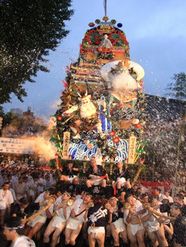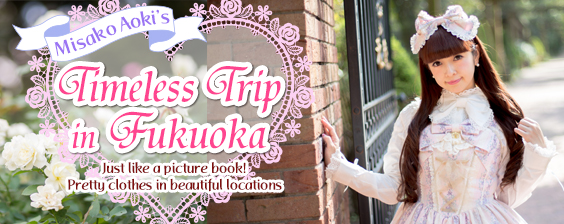- Home
- feature
- events
- YAMAKASA Special
- Understanding Yamakasa in 10 K...
Understanding Yamakasa in 10 Key Terms(6/10)
6. ‘Kazari-yama’ and ‘Kaki-yama’



In the past, there was no difference between ‘kazari-yama’ (decorative floats) and ‘kaki-yama’ (floats carried on shoulders and used in racing) and they used to race floats around the town that were the same size of the now kazari-yama (some 10 meters high). However, after an accident that saw one of the floats come into contact with some power lines, the size of the floats were reduced to the current kazari-yama size. Now there is a significant difference between the size of the kaki-yama raced through the streets and the gorgeous kazari-yama set out for display, and each are attractive in their own right as “moving yamakasa” and “still yamakasa.” Kazari-yama are placed on display in 14 locations around Tenjin and Hakata from July 1st to midnight on July 14th (0:00am, July 15th). The side of the float that faces towards Kushida Shrine is called the “omote” (front) and the opposite side to this is called the “mi-okuri” (send-off) side. You’ll often see the “front” of these floats adorned with beautiful “Hakata ningyo” (Hakata dolls) and the “send-off” side displaying characters from children’s stories and popular anime. Currently, only the Kawabata-dori kazari-yama, dubbed “the running kazari-yamakasa,” is permitted to be raced in preparation for the final ‘Oiyama’ race and be allowed inside Kushida Shrine grounds.
 Measures and provisions are being taken at various locations in an effort to prevent the spread of the new coronavirus.
Measures and provisions are being taken at various locations in an effort to prevent the spread of the new coronavirus.














